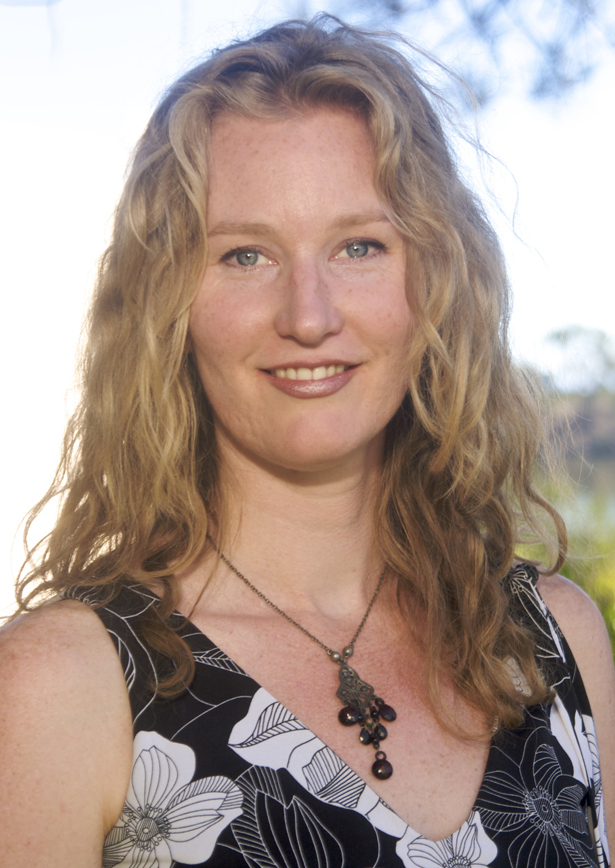Uniquely Adaptable

Great-tailed grackles are one of the most successful invasive bird species in North America, having moved up from Central America to occupy a vast range of habitats and climates. They’ve done this, researchers say, with behavioral flexibility — the ill-defined ability to change behaviors as circumstances warrant.
What researchers didn’t know was what went into behavioral flexibility: Innovation? Problem solving? Persistence? The fear of new objects (neophobia)? A new study by a UC Santa Barbara researcher suggests that behavioral flexibility in grackles is a skill that stands alone — and enough for them to be the Mongol hordes of the avian world.
In her paper “Behavioral Flexibility in an Invasive Bird Is Independent of Other Behaviors,” published in the scholarly journal PeerJ, Corina Logan, a junior research fellow at UCSB’s SAGE Center for the Study of the Mind, reports that behavioral flexibility doesn’t appear to be connected with traits such as innovation or persistence. Her findings, she said, didn’t fall within predicted outcomes, which is similar to findings in some other bird species. Other bird species, however, do behave as predicted, highlighting the need for further study.
Behavioral flexibility, Logan noted, has only been vaguely described in the scientific literature. A correlation with innovation, for example, would be intuitive rather than empirical. “If I said grackles were really persistent, you would have an idea what that means and what it means for you,” Logan explained. “But if I say they’re more flexible, it’s harder to pinpoint — what is that? It’s less concrete.
“I think that a lot of the ambiguity comes from our lack of having clear definitions and actually understanding what it is,” she continued. “It seems to be its own trait, which makes it more of an interesting mystery because it’s not linked with anything else yet. So what is it? The question is still open.”
In her study, Logan tested four male and four female grackles (Quiscalus mexicanus) in four contexts: Exploration and risk aversion, neophobia, persistence and motor diversity, and behavioral flexibility. None of those tests showed any meaningful relationship to behavioral flexibility.
The results were unexpected, in part, because the grackles had distinct individual personalities. A female, Michelada, was rather reserved, while a male, Refresco, was an eager subject. “He couldn’t participate fast enough,” said Logan, who is currently on a fellowship at Cambridge University in England. “What I was trying to do was capture these individual differences in a way that I could measure. The ways I did measure didn’t actually explain anything about flexibility. The lack of a correlation with what I measured and behavioral flexibility could come down to me not being able to measure what I wanted to yet. I must’ve missed it, because you could see these obvious differences in individuals.”
To get a better handle on behavioral flexibility in grackles, Logan wants to explore other areas, such as cognition and physiology. It’s possible that behavioral flexibility is better explained by physiological factors, or in ways related to their perceived value among other grackles. Males, for example, with greater iridescence and longer tails have more offspring. “So, are those males with longer tails in better condition?” Logan asked. “Are they less constrained by potential physiological factors that might limit them from using their flexibility?”
Cognitively speaking, if the birds do well in spatial memory, perhaps they’re more flexible on spatial memory tasks. “If you’re good at a cognitive skill then it might be easy for you to be flexible on tasks that test this type of cognition,” she said. “I’m thinking that if flexibility and cognition are linked, they might be linked in this way, but I’ll need to test each type of cognitive ability on the same individuals in many different contexts so I can triangulate on flexibility.”



